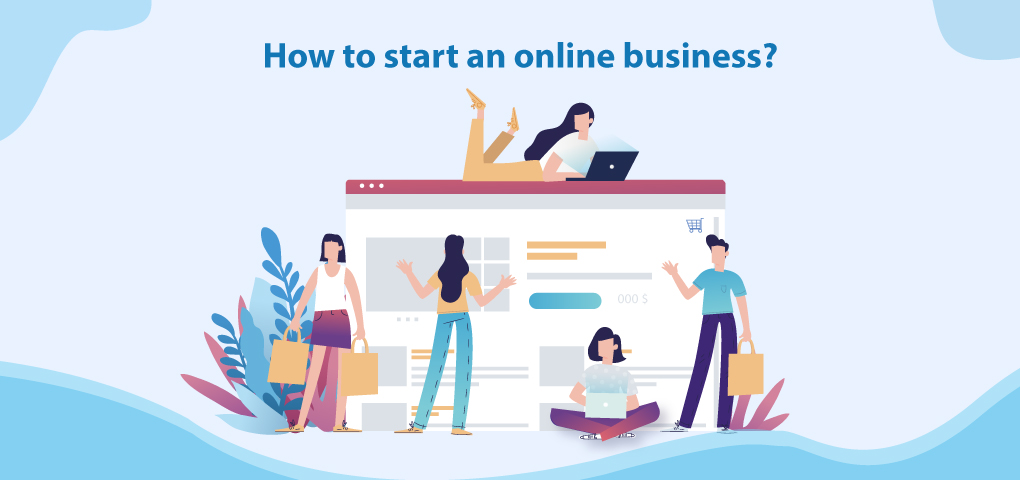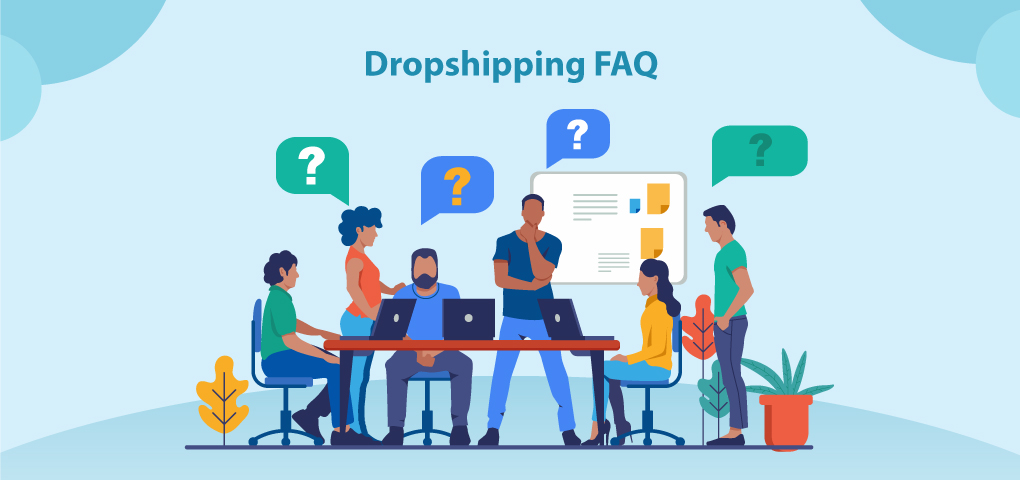Despite spending money on customer acquisition, many retailers and marketers are surprisingly complacent about their e-commerce conversion rate. The conversion rate information is one of the most protected data on the internet. Many different available tools can estimate the number of visitors that a website receives. What is a good conversion rate varies because what is suitable for one industry may not be right for another. The key is to understand is the average conversion rate and benchmark your performance according to it.
Different Conversion Rates That You Should Know
There are thousands of conversion metrics that can be tracked. It depends on which ones are important for you, and if your website isn't hitting the goals, you have to know which ones to pay attention to, and you can work on improving those.
1. Average e-commerce conversion rate
The average e-commerce conversion rate is around 1% - 2%. Different steps can help you to reach the 2% conversion rate. The conversion rate can measure the efforts' outcomes, but in reality, these are very small and incremental improvements to the overall shopping experience. The baseline for your online store should be a 2%+ conversion rate. Once you can hit that, you can move onto more advanced website conversion rate tactics.
2. Conversion rate marketing
If you are not happy with your conversion rate, then you can use conversion rate marketing that will be helpful for your company to refine a business buyer's online experience. This will make it easier for them to choose your company, and you can create dedicated landing pages for the paid advertising campaigns; test the website and landing pages. You can also use the CTAs on your website, keep your forms short, and use video to engage your audience.
3. Landing page conversion rate
Landing pages are always considered to be the most critical pages on your website. On these pages, you convey your value, earn trust, and convert your visitors into leads. Usually, marketers struggle to understand their performance. Reasonable landing page conversion rates depend on your product or service, industry, and target audience. It all weighs in your ability to convert your visitors into leads and then leads into customers.
4. Website conversion rate
The website conversion rate calculation is relatively straightforward as long as you know the conversion rate definition for your site. To determine this, the number of conversions can be divided by the website sessions number. In case there are more than one conversion opportunities, then there are two separate ways for its calculation. The first way is to calculate each conversion separately by using sessions from a specific page. In the second way, the conversions can be combined by using all of the sessions for the entire website.
5. Sales conversion rate
The sales conversion rate metric measures the sales team's effectiveness by converting the leads into new customers. It is a fundamental metric to align your sales and marketing teams, as both the teams can use this metric to determine the leads' quality. It is the marketing's responsibility to generate leads, and that team will be engaging in lead generation activities.
6. Email conversion rate
To compute the email conversion rate, you can divide the number of people who have completed the desired actions like purchases, signups, etc. by the number of successful deliveries. You can easily multiply that number by 100. Unfortunately, there is no answer to a reasonable conversion rate for email marketing. If you want to achieve a campaign conversion rate, you have to look at your data closer to know where you might be lacking. You can then increase your conversion rate by using different optimization techniques.
7. Facebook ads conversion rate
The greatest advantage of Facebook advertising is that you have unlimited ways to advertise to a wide range of different people. Typically, it could be quite challenging to measure the average conversion rates, but it is always beneficial to see where you stand than others in your industry. The average Facebook ads conversion rate is around 9 - 10%. A reasonable conversion rate depends on different aspects, like offering various sales or free trials and improving your ad targeting to make sure that they convert into paying customers.
6 Best Ways to Boost Your E-Commerce Conversion Rates
While there isn't a universal formula to increase e-commerce conversion rates, a combination of industry surveys, psychological studies, and data signs has proved how small changes can significantly affect the conversion rates. The following steps will always be helpful for you to increase your conversions and measure your progress at regular intervals.
1. Use high-quality images and videos
You have to think about what you like to see when you shop. You can't touch the product when you are shopping online, but the best thing you can do is to show a detailed image or a video. This way, the customers will know what they are getting from you.
2. Offer free shipping
Nowadays, online shoppers expect a certain standard that they have grown accustomed to on Amazon. Free shipping has become an absolute must in today's market. If you don't offer free shipping, you may lose your customers, as they will look elsewhere. You can even increase your product prices to cover your shipping cost if that's what is required to be done.
3. Offer limited-time coupon codes
You have to adopt different tactics on how to increase conversion rates. Offering a limited time coupon is one of those great tactics, as you can create coupon codes that the customers can use at checkout for a limited time. This way, they will get a specific amount off or a percentage of the purchase. When the coupon code expires, it drives urgency, and the shoppers are likely to go through with the purchase and not get distracted.
4. Be competitively priced
If you are to sell brand name items that many other stores offer, you must price the products at or below the average price to compete with the rivals. You can market your brand to the right audience, right message, and the right imagery, and eventually, you will see the revenue coming in.
5. Test your e-commerce checkout process
If the checkout process of your online store is too long, unconventional, or complicated, then you may lose a lot of your customers right when they are ready to buy. For the majority of the hosted e-commerce platforms, there are industry standards. But you are still required to tweak the process that is based on your customers.
6. Use live chat software
Live chat software can increase your conversions, but if you choose to use live chat software, you must be genuinely available during the business hours to respond to your customers immediately. Try not to let this software go into the mode that shows you currently unavailable. Live chat builds a direct communication line between you and your potential customer. When you keep a real human connection, it helps to build trust for this purchase and a lifetime customer loyalty in the future.
Conclusion
Mediocrity cannot be the way to success, because sometimes it takes an extra step to stand out from your competitors. In many ways, e-commerce has got to reflect the idea that the winner takes all. When you have a marginal advantage over your competition, especially in terms of the e-commerce conversion rate, it will produce disproportionate gains for your business.




